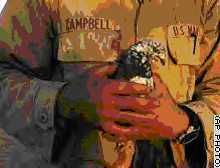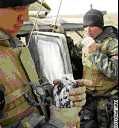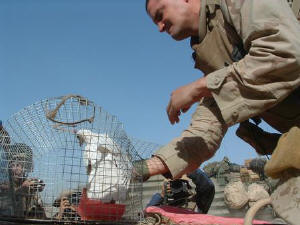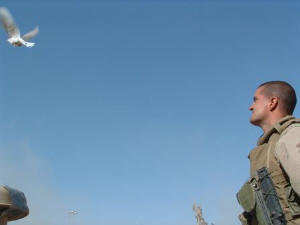HOMING PIGEONS CONTINUE TO SERVE DURING WARTIME
In 2003, the Austrian army was reported to have lost patience with the ability of enemy troops to listen in on its radio communications and decided to reactivate its corps of carrier pigeons. After having been retired from use for years, Homing Pigeons are once again utilized to get messages back from the frontline.
As in the past, Homing Pigeons have provided a successful way to deliver messages when satellite communications go down, computer links are broken or the enemy intercepts radio communications.
Austrian Army Colonel Walter Buchmayer noted that, "Pigeons never stop working when there's a power cut, can't be bugged or tapped, and are not dependent on complicated software."
Though several European armies are said to be considering reintroduction of the use of Homing Pigeons as message carriers, Austria has become the first to begin the build up of highly-trained birds. Army personnel will receive training on the skills of handling the pigeons.
In March 2003, U.S. media reported that Marines stationed in Kuwait received an avian force - a company of pigeons. Meant to be the equivalent of a canary in a coalmine, the pigeons rode with their caretakers to detect chemical attack.

Cpl. David Campbell holds a pigeon at Living Support Area 7 in the Kuwaiti desert south of Iraq.

Chemical warfare specialist Lance Cpl. Thomas Conroy of the U.S. Marines holds a pigeon used to help detect chemical attacks.
The U.S. military believed that pigeons meant the difference between life and death. Though the $12,000 sensors provide advanced technology, anything mechanical can fail or give wrong readings. Therefore the military placed just as much trust in the bird as the sensor.
The First Marine Regiment was given 40 birds to be fed and cared for by their Marine handlers.

